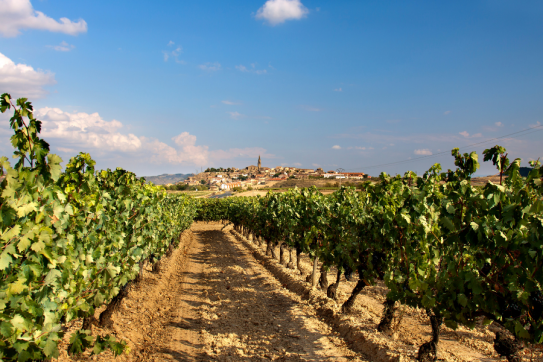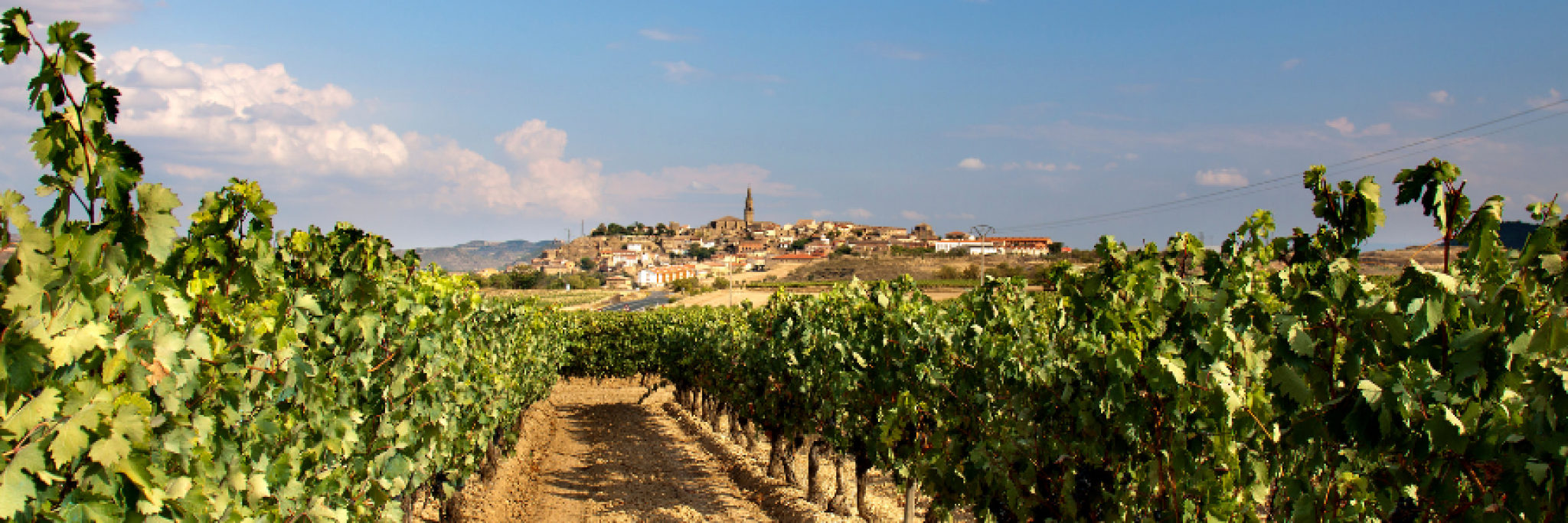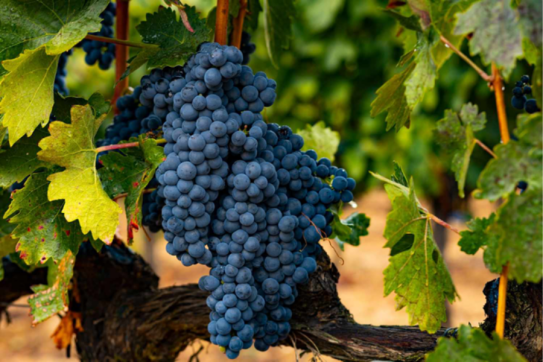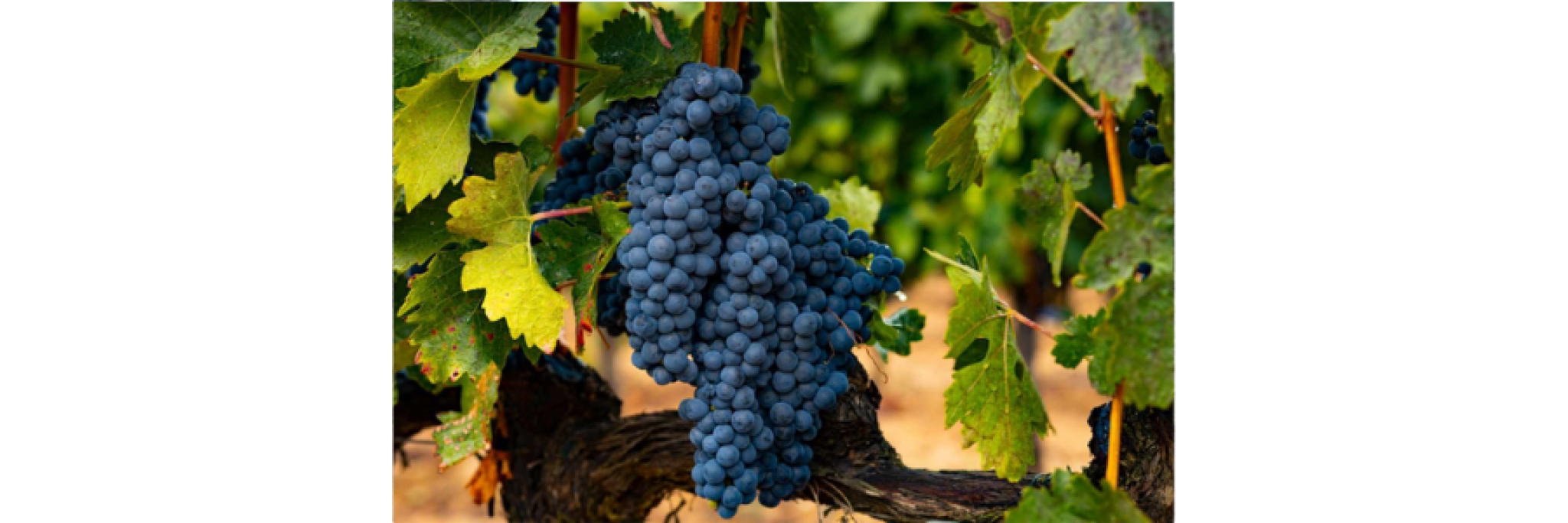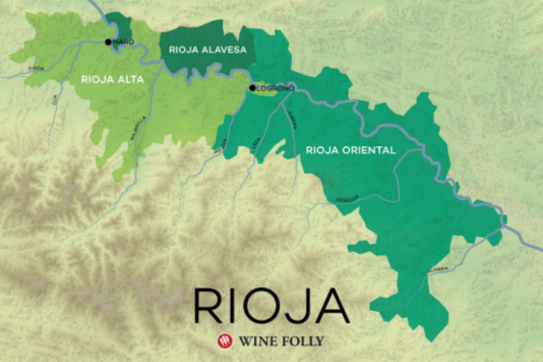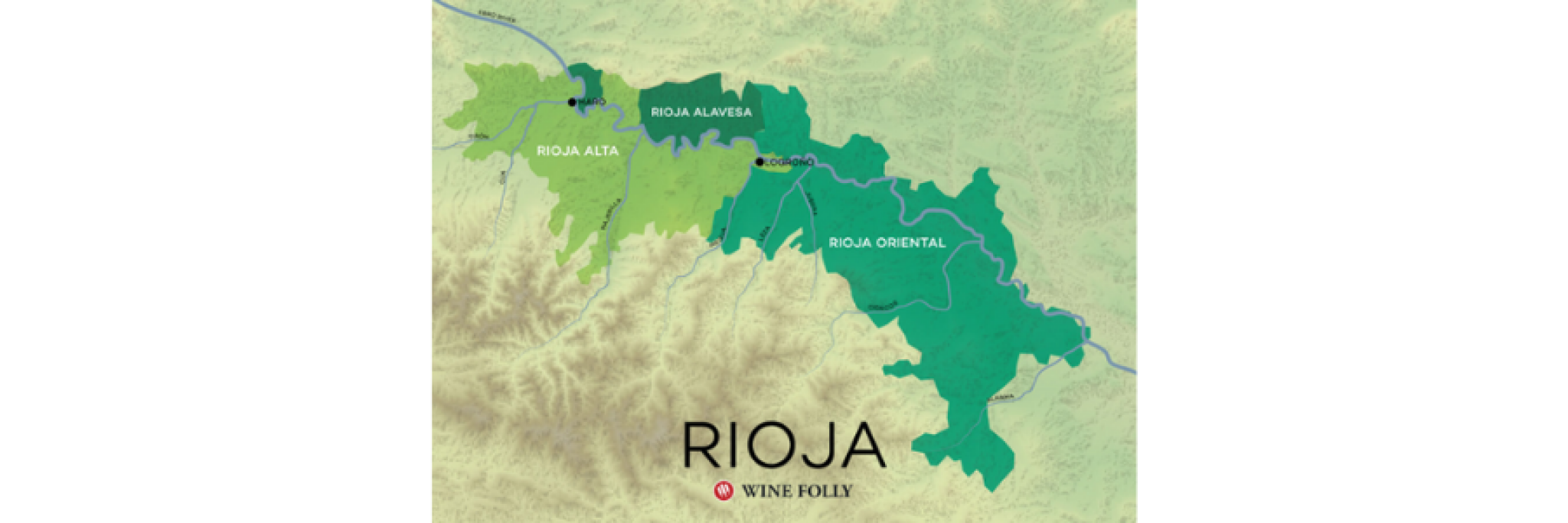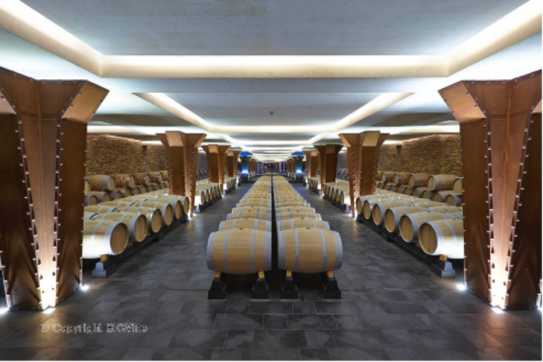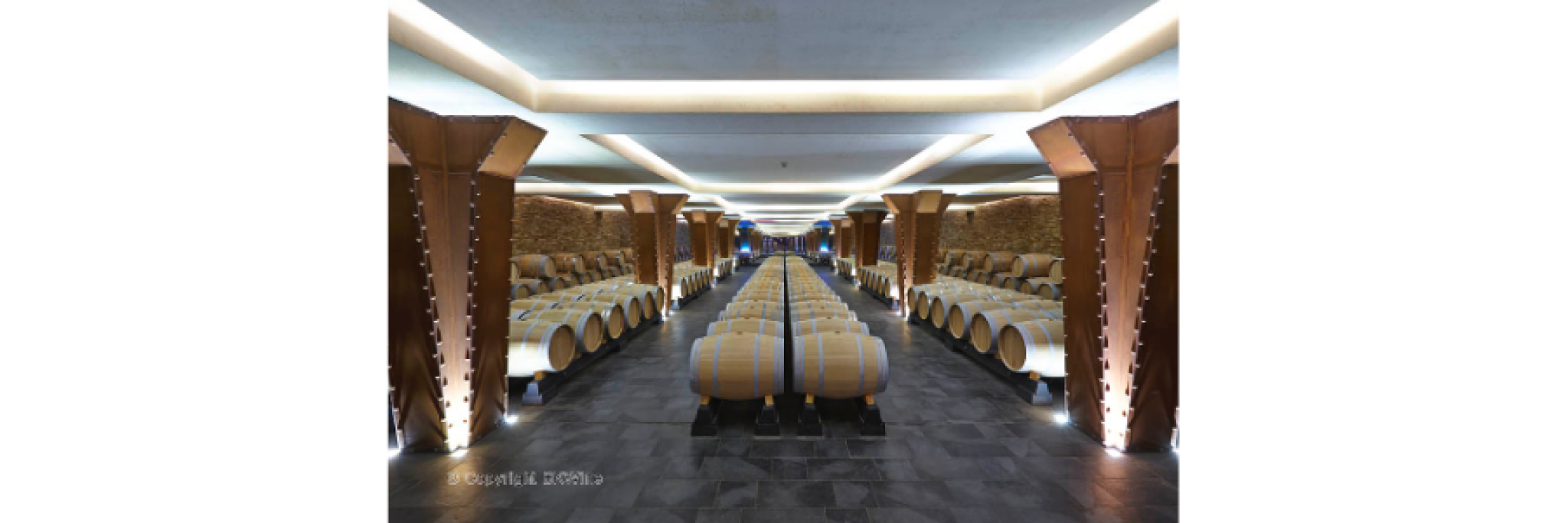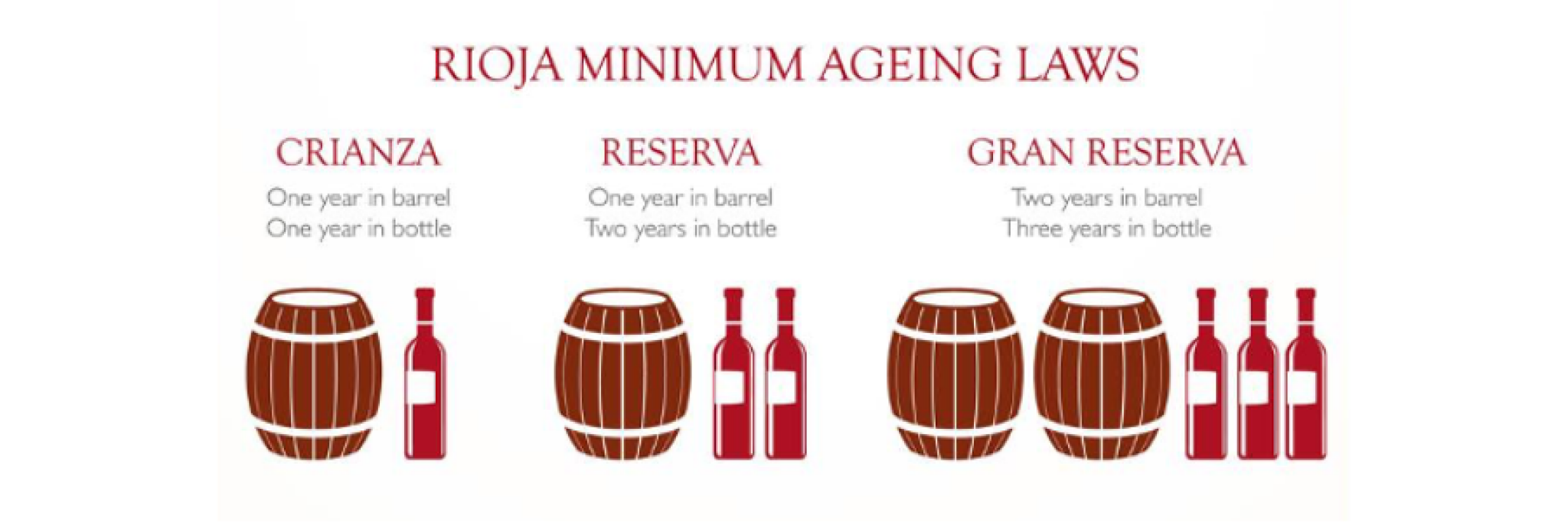Rioja remains one of the most popular styles in the UK enjoying a remarkable level of loyalty with drinkers. Although the production of the wine remains highly regulated and – in many cases “traditional” - it has manged to engineer a level of freshness and appeal by subtle marketing and careful adaptations to styles without any compromise on quality.
Let’s look at the region and styles and along the way highlight some top examples from the Peter Graham Wines portfolio.
History
Rioja is arguably the most famous name and wine region in Spain. Along with Priorat it is one of only two regions to be awarded the highest formal status of Denominación de Origen Calificada. Lying in the Basque Province of Álava there is evidence of grape growing going back to the 9th Century. Wines were certainly being produced in the 12th Century and by 1650 a document had been drawn up to protect the quality of Rioja wines. A royal decree in 1902 created the formal origin and boundaries of the region and in the 1926 the regulatory body Consejo Regulador Rioja was formed.
In the 19th Century there was also established a not insignificant link to Bordeaux – via both early winemakers working in France and “expat” Bordeauxlais emigrating to Rioja to escape the ravages of disease blighting the French vineyards. Not unsurprisingly they brought Bordeaux varieties with them and in the early days Cabernet Sauvignon played a major role in the blend of red Rioja. Many Rioja in those days were nearly 100% Cabernet Sauvignon!
Grapes
Today – all change – the main and clearly most important black variety is Tempranillo (please see picture), which dominates all the top red Rioja. This is not to say that the use of other varieties in the blend are not unimportant. These are namely Graciano, Mazuelo and Grenache – or Garnacha in Spain. Tempranillo delivers a punchy wild strawberry, fruit laden style which compliments oak perfectly. With medium body and tannins this creates, overall, a supple and more-ish quality which is universally pleasing to many red wine drinkers.
Tempranillo does produce large bunches of grapes!
Climate and Districts
The region lies south of the Cantabrian Mountains along the River Ebro (in fact this river semi-splits Rioja from its near neighbour Navarra). Located here is also the river Oja – or Rio Oja, which is believed to be the origin of its name. The mountains protect the area from the fierce winds in the region, and act as a rain shadow, which helps promote ideal growing conditions. Most of the (better) northern section of the region lies on a plateau at around 1,500 feet - soils are a mix but (again) the top sites have higher levels of chalk (versus the heavier clay led soils elsewhere) which Tempranillo thrives in. Rioja is split into 3 main sub districts – Alta, Alavesa and the relatively newly named Oriental (formerly called Baja) – to the south – which is the hottest and driest as the name implies. The soils here are heavier, with much more clay and less chalk and limestone. The two top districts Alta and Alavesa benefit from more moderating cooling winds and have a much higher chalk soil content, which Tempranillo loves. These regions are the most prized and produce the finest Riojas. Overall, the highest proportion of vineyards are found along the Ebro Valley between the towns of Haro and Alfaro. Around 60,000 hectares are under vine and production is 25-30 million cases on average each year – of which 85% is red – Tinto (Rioja can also be Rosado (rosé) or Blanco (white)).
Role of Oak & Categories
The other important aspect of Rioja has been the role oak plays in the final style and quality of the wine. This is a hangover from the Bordeaux influence in the region from the 19th century and today is so fundamental to the style of Rioja – and loved by its drinkers - that the authorities have enshrined its use formally and precisely in the aging process and application. Nowhere else (outside of Spain) is this attention to detail applied so rigorously. This is partly down to the history and culture of winemaking here, where the producer wanted to release a wine onto the market when they deemed it to be ready to drink.
Classic Rioja Cellar Scene – always Plenty of Oak Barrels
The chart shows nicely the minimum times required for (red) Rioja to spend in both cask and bottle prior to release in the market. Clearly as you move from Crianza, to Reserva, to Gran Reserva the wines become increasingly more oaky, but in theory should also become finer in quality as quite often top vineyard sites are pre-selected to become Reserva and Gran Reserva. Historically, the favoured oak used was American, which has an intense vanilla flavour and became, over time, an integral part of the style of, even a hallmark, of Rioja. Today much more French oak is used, and it is not unusual for a complementary blend of the two types to be combined. Such is the importance of oak to the Rioja recipe that, in larger producers, it is not unusual to see over 30,000 barrels in a cellar!
Please find two excellent examples below – one is the more lightly oaked Crianza from the Bodegas Olarra Cerro Añon which has silky hallmark strawberry jams notes and a deft vanilla touch; and then a classic and oakier Reservafrom Valenciso which has elevated but balanced oak and a touch more of back fruits with hallmark Rioja silkiness.
https://petergrahamwines.com/p/19-rioja-crianza-cerro-anon
https://petergrahamwines.com/p/12-rioja-reserva-valenciso
In more recent times the authorities have also allowed producers to make an early release (ie within a year of production) should they wish. This is classified as Joven – or young – Rioja, which does not need to be oaked and presents a fascinating style which is, for want of an expression, “unplugged”. This also provides an important financial cash flow boost for the producer whilst other oak aged blends are lying in the cellar. Here’s a lovely, vibrant, and juicy red fruit unoaked style from Vega del Rayo – 100% Tempranillo and vegan and vegetarian friendly
https://petergrahamwines.com/p/20-tempranillo-vega-del-rayo
Other Styles
As mentioned earlier Rioja also makes some intriguing rosé and white styles. The clear majority of rosé are made in an unoaked style and here Garnacha comes more into play in the making and styling of these wines. The whites have increasingly split between traditionally oaked aged style and unoaked, which are crisper and fruity. But you can still source plenty of the lovely, fuller bodied, vanilla and nutty whites which make splendid partners to food. The main grape behind these whites is Viura, recently seen spectacularly misspelt on a wine list (no doubt due to “predictive text”) as Viagra! The Ontañón is a classic oaked viura white Rioja which has real texture, with bold notes of vanilla, pineapple and stone fruits – a real food white and vegan and vegetarian friendly
https://petergrahamwines.com/p/19-ontanon-rioja-vetiver-rioja-blanco
By contrast, the Don Placero is a modern unoaked style, crisp with bright citrus and apple notes
https://petergrahamwines.com/p/20-white-rioja-don-placero
I think one of the many reasons Rioja has remained so enduring and popular in the UK is that it has managed to adapt to modern styles and tastes without forfeiting any of its heritage or reputation. The wines are also very food friendly. And bluntly I think winemaking has improved too - whilst pricing, not unimportantly, has also remained fair. Today there is a fine mix of modern and traditional styles – with options for all pockets and tastes.
Rioja and Food
Local dishes paired with Rioja include red peppers stuffed with salt cod, or minced lamb, which are then covered in batter and fried. Another favourite is a bean and chorizo stew. Lamb and pork feature regularly – I think lamb and Rioja seem to be made for each other – also roasted and char-grilled vegetables, along with tomato. White Rioja – especially if oaked – goes well with white fish and a lemon butter sauce – also chicken in almost any form. Unoaked white and rosé Rioja are good with a plate of “charcuterie” or mixed vegetable crudités as a starter.

